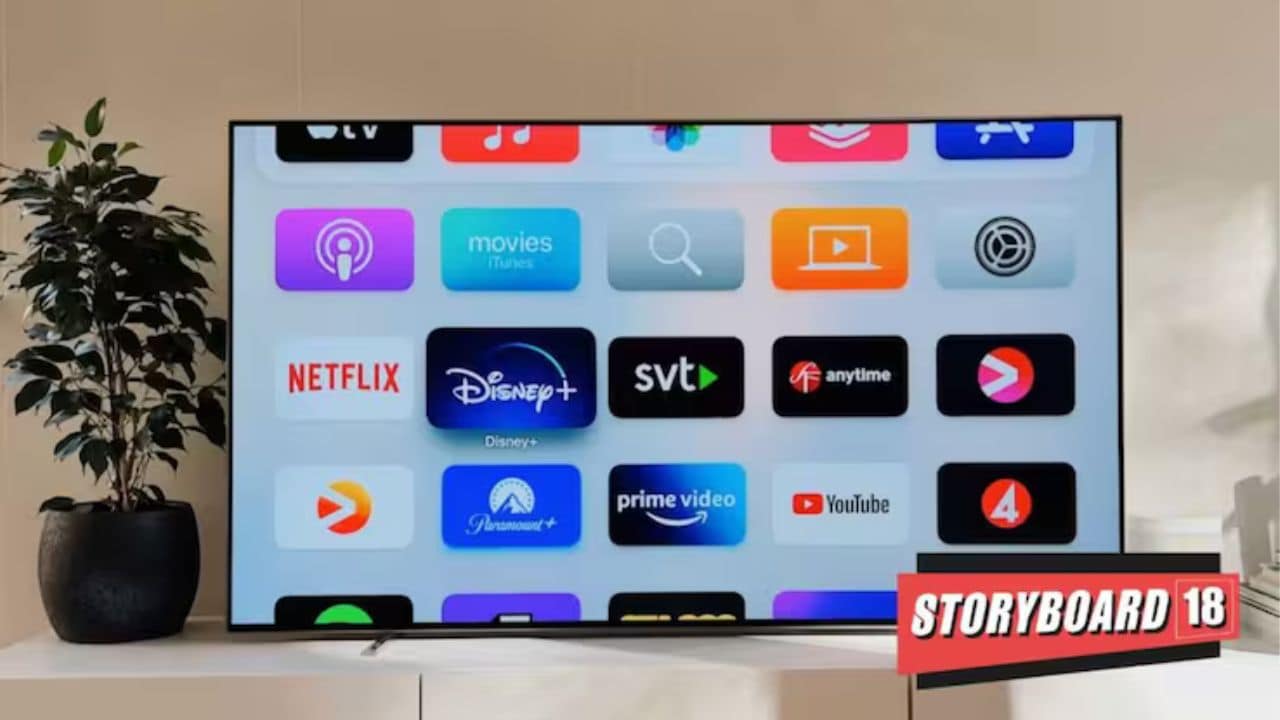Marketers often face a critical trade-off: TV’s mass reach at efficient costs versus CTV’s targeted reach at higher costs, some settle for one of the two while others attempt to strike a balance. This balancing act has become more important as digital behaviors evolve and streaming becomes widespread in Indian households, Connected TV (CTV) is becoming a non-negotiable in media strategies, especially for brands eyeing premium audiences. With 40 million CTV households in India and a 21% year-on-year growth, marketers are increasingly leaning into the format for its ability to blend immersive storytelling with data-driven precision.
Building Premium Recall Through Immersive Storytelling
For boAt, the move into CTV came in mid to late 2024 with a clear intent: to build resonance for its premium product range, such as the Nirvana series and the brand’s larger audio category.
“We began exploring Connected TV (CTV) advertising in somewhere mid to last quarter of 2024, especially to build deeper resonance with our premium product range,” said a boAt spokesperson. “CTV offers a more immersive, lean-back viewing experience, and allows us to position the brand in a premium environment… Our objective with CTV isn’t immediate conversion; it’s about strong brand positioning, high-impact visibility, and deeper top-of-mind recall.”
The brand’s decision aligns with a noticeable shift in consumer behavior, the spokesperson added. “We’ve seen a noticeable shift in content consumption patterns, with OTT platforms becoming central to entertainment in Indian households. Our investment in CTV is a strategic response to this evolving behavior; it allows us to stay ahead of the curve while continuing to build aspiration around boAt’s premium offerings.”
Orient Electric, too, sees CTV as an essential addition to its media mix. “CTV is rapidly gaining scale; it’s no longer a niche – it’s a strategic imperative today,” said Anika Agarwal, Chief Marketing & Customer Experience Officer at Orient Electric. “On CTV, we’ve observed higher attention, better brand recall, and deeper engagement, particularly because of the lean-back, big-space format combined with precise targeting… We evaluate CTV performance on our top funnel metric of awareness and consideration among the target demographics.”
Multilingual Creatives and Hyper-local Personalization
Voltas has gone all in on CTV with a strong presence during marquee moments like the IPL and an emphasis on hyper-local targeting. “Voltas has been using CTV for some time now and has always personalized messages on CTV,” said Pragya Bijalwan, Head – Marketing, Voltas. “We use hyper-local targeting to engage diverse regional audiences with multilingual and dynamic creatives.”
CTV, Bijalwan emphasized, is enabling the brand to expand reach and maximize ROI. “By leveraging the unique advantages of CTV like precision targeting, interactive content, and comprehensive analytics, we aim to create resonance among our audiences.”
Compared to traditional television, Voltas sees CTV as more agile and efficient. “CTV provides real-time reporting with key metrics like impressions, cost-per-completed view, video completion rate, and view-through conversions,” she said. “With traditional TV, advertisers often wait weeks or longer for performance reports.”
With India’s affluent audiences consuming content at their convenience across connected devices, Bijalwan added, “From a media mix perspective, we must now plan to add CTV as well.”
Screen-Agnostic, Data-Driven, and Measurable
At Axis Max Life, CTV is a critical pillar in their omnichannel marketing ecosystem—especially to reach high-income, tech-savvy consumers.
“Axis Max Life’s screen-agnostic media strategy delivers consistent brand presence across all consumer touchpoints,” said Rahul Talwar, Chief Marketing Officer. “Given the inherent under-penetration of life insurance in the Indian market, we recognise user affluence as a pivotal signal for identifying our target audience… This strategic insight positions Connected TV (CTV) as a critical channel for reaching a highly affluent demographic.”
Currently, Axis Max Life allocates “approximately 30% of our digital budget and 12% of our overall brand media spend to CTV,” Talwar shared. “This focused investment underscores our commitment to maximizing reach and impact within a key, affluent segment.”
Yet, challenges remain—chief among them being the absence of standardized third-party measurement. “A significant challenge remains: the lack of standardized third-party measurement for CTV,” Talwar noted. “Performance reporting relies heavily on platform-specific data, without an equivalent to BARC to provide independent verification.”
Nonetheless, Talwar is optimistic. “CTV’s strength lies in its digital-like measurability, enabling us to track impression-driven user actions, such as policy purchases, Google searches, and website exploration… This allows for agile decision-making based on video performance, audience segments, and regional responses.”
Right now, CTV in India is still heavily skewed towards branding, and for good reason — it offers high-impact, full-screen, non-skippable ad formats that are ideal for storytelling and brand recall. It’s become a go-to for auto, FMCG, and tech brands looking for premium, top-of-funnel visibility. But performance is slowly entering the picture. With the rise of shoppable content, QR code integrations, and better device-level targeting, we’re starting to see early-stage performance use cases emerge. Some D2C and e-commerce brands are experimenting with CTV to drive site visits or app installs, especially during festive pushes or product drops, according to Sindhu Biswal, CEO & Founder of Buzzlab.
That said, the attribution layer is still evolving. Until there is standardised measurement and deeper integration between CTV platforms and digital performance ecosystems, it’ll continue to lean more toward branding than direct response. But the intent is there and the shift is happening.
Read More:CTV’s grip tightens on ad spends; brands see a ‘lean-in opportunity’
